Social anxiety and bullying have become common in youth. Are you thinking about how to reduce this problem? Read on to know about new research on tipping points in changing social networks.
Written by: Todd B. Kashdan
Being “outed” as a psychologist has consequences. You will hear stories from acquaintances and strangers, lots of them. I walk my 7-year old daughter to elementary school each morning, hug her goodbye, and watch her happily skip through the hallways. As soon as I turn around, another parent will try to grab free advice in 2 minutes or less. “Hey, you have a second?”
- “I feel compelled to lick my fingers and rub them all over my elbows. Which is weird because I don’t even like the texture of the skin around my elbows. What’s up with that?”
- “My husband is a narcissist and psychopath. What do I do?”
- “My romantic relationship is amazing, so why am I into tentacle porn?”
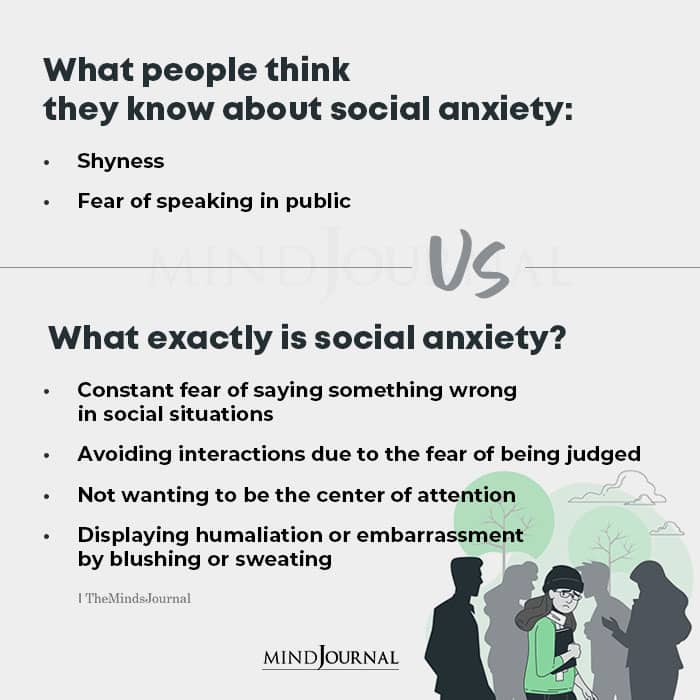
A job hazard of being a psychologist is that you learn things about the underbelly of humanity that nobody else knows. One topic appears to be increasing in frequency: The number of people who mention that they suffer from social anxiety, or that their kids do, or both. What’s interesting is that there is a sociological trend in which people are becoming less comfortable in social situations and more likely to avoid face-to-face conversations.
A close examination of 8,098 15-54-year-olds from the United States demonstrates that diagnoses of social anxiety disorder are increasingly common. For instance, people born in 1966-1975 are showing a steep rise in the prevalence of social anxiety disorder, and the onset is much earlier than previous generations.
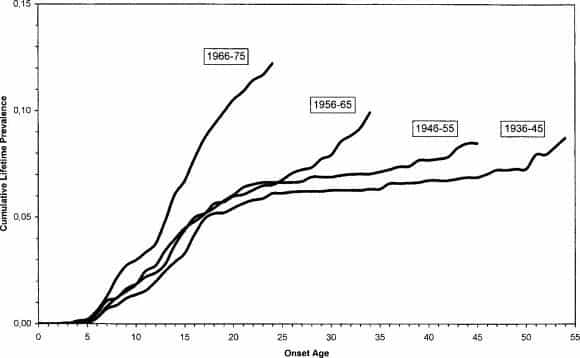
Scientists don’t know exactly why social anxiety is becoming commonplace but there are a few culprits. There has been greater geographical mobility such that people are apt to move away from close family and friends for work. By switching communities, attempts to rebuild a secure base of safety, security, and belonging becomes an omnipresent milestone. It’s harder to make close friends in adulthood, especially for men.
Then there is everyone’s favorite boogeyman: the advent of smartphones and social media. A scientific controversy exists with some researchers pointing out that anxiety, depression, eating disorders, compromised well-being, and a preference for pork rinds are the direct result of carrying smartphones whereas other scientists cast doubt on any connection between smartphones and psychological functioning of teenagers.
Read the studies hyperlinked above and you can decide. Another mechanism that might account for the rise in social anxiety is a decline in community institutions such as regular attendance at religious services. Without regular, meaningful social interactions where social support is prevalent, the social world is a much less stable, uncertain place.
Rather than spend time on why social anxiety is pervasive, I wanted to share neglected research on how to treat this problem, particularly in youth. It is important to help kids early because an earlier onset of social anxiety disorder interferes with a critical period when social skills develop.
When a kid suffers from social anxiety difficulties they are less likely to experiment with initiating and maintaining conversations (impeding positive relations with others); less likely to ask questions when intrigued or confused in class (impeding learning), and less likely to invest in activities that they enjoy as opposed to what they think will gain social approval (impeding the development of a strong identity and passionate interests). The fear that perceived flaws in one’s character will be visible to other people and the cause of scrutiny and rejection prevents people from being the author of their own lives.
Also read 8 Tips For Anxious Introverts To Survive Anxiety
Several treatments exist for social anxiety disorder.
One that has fascinated me is Social Effectiveness Therapy (SET) by Deborah Beidel and Samuel Turner.
Social Effectiveness Therapy (SET)
The goal of SET is to reduce social fears, improve social skills, and increase the willingness to approach instead of avoiding social situations.
There are three parts — social skills training, exposure to feared situations, and the production of positive social events with supernormal youth. In social skills training, youth learn some of the basics of interacting with other people including greetings (hitting that fist-bumps knuckle to knuckle), starting and sustaining mutually satisfying conversations (let your friends get the weather report from Alexa), listening and remembering social details (know what gets people hot and bothered), strategies for joining groups (if there is anything Survivor taught us, it’s don’t be the loudest or the quietest tribe member), and being assertive to effectively express what you like and do not like (say no to noogies).
Exposure training begins with a list of things a person is fearing and avoiding. By rank ordering how often distress and the desire to escape occurs in particular social situations, an exposure hierarchy emerges. With guidance, the situations at the bottom of the hierarchy that is the least distressing and least likely to be avoided are experienced. By remaining in distressing situations for a lengthy period, you learn that despite the presence of anxiety, you can persist. You learn that thoughts, feelings, and memories cannot stop you from doing what you care about.
Another lesson is that anticipatory anxiety tends to be the worst moment and, upon entering a situation, anxiety tends to lessen. The more exposures, the more anxiety tends to lessen. It is often the expectation that anxiety will only get worse if a situation is entered that prevents someone from diving into the social world.
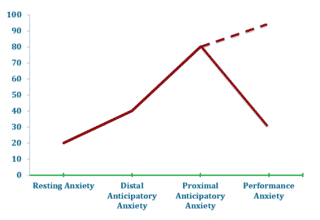
What I’ve described are standard operating procedures for treating social anxiety. The magic ingredient of SET is the involvement of supernormal kids as helpers. Socially anxious, socially isolated children and teenagers rarely get a chance for high-quality, positive social events. And if they do, these social events are often with socially awkward peers, or the good intentions of parents and teachers to “force” social interactions with someone who doesn’t want to be there. In SET, supernormal youth serve as volunteers who help provide opportunities for socially anxious, socially isolated youth to experience lengthy, satisfying, playful activities. Supernormal youth are recruited from various school districts so that what happens in SET stays in SET.
Also, read 100 Questions To Ask Your Teen Other Than “How Was School?”
With the help of popular, socially intelligent peers, group activities are set up for social success: Trips to a skateboard park, where everyone is learning a new skill together. Pizza parties. Floating down a river on inner tubes. Nature hikes. A different activity occurs every week and always includes lunch. This way youth acquire regular opportunities to experiment with newly developed social skills in a natural environment where success is basically guaranteed.
Activities have minimal structure to mimic the extemporaneous nature of everyday life. And after these activities, with guidance, the experiences can be dissected to provide behavioral evidence of social skill gains and acknowledgment that anticipatory anxiety tends to be the peak of distress, and declines over time. These activities offer behavioral evidence that even when distressed, youth can execute skills and extract moments of joy, belonging, and meaning. And perhaps most important, youth learn to judge themselves on how they perform and not what they cannot control — whether a friendship is formed, whether they win an athletic competition.
The scientific evidence for SET is impressive.
SET elicits positive changes in youth in terms of less social anxiety, less social impairment, and an increase in extraversion compared to a comparison group that merely received contact with a therapist. The benefits are observable 3 years later. Five years later, adolescents suffering from social anxiety disorder who received SET were indistinguishable from healthy, non-anxious adolescents on their anxiety during social interactions, anxiety when reading aloud to a group, impairment in daily life, and extraversion; trained observers failed to notice any differences between these groups.
Yes, social anxiety does appear to be increasing. But, yes, social anxiety can be effectively treated.
An important lesson is that perhaps the greatest, untapped resource to help our youth become less socially anxious are peers. Adults often underestimate the intelligence, wisdom, and value of youth. In the United States, youth cannot be formally employed, even if they want a job that offers engagement and meaning.
Science has found that recruiting and training well-intentioned, socially intelligent, generative kids and teenagers might be the missing ingredient to treating social anxiety. If we are going to change social conventions about mental health and well-being, let’s extract the help of the best of society, at every age.
Do you want to change the norms of bullying in schools? Scientists have found that the best answer involves eliciting the help of a small minority of kids with status and power in their social networks. Do you want to change the internalized self-loathing of socially anxious kids?
Scientists have found that the best answer involves eliciting the help of a small minority of kids with virtuous attributes, exhibiting kindness, warmth, and social effervescence. While wisdom often increases with age, do not underestimate the power of a small percentage of well-meaning kids to transform lives.
References: Beidel, D. C., Turner, S. M., & Morris, T. L. (2000). Behavioral treatment of childhood social phobia. Journal of Consulting and Clinical Psychology, 68(6), 1072-1080. Beidel, D. C., Turner, S. M., & Young, B. J. (2006). Social effectiveness therapy for children: Five years later. Behavior therapy, 37(4), 416-425. Beidel, D. C., Turner, S. M., Young, B., & Paulson, A. (2005). Social effectiveness therapy for children: three-year follow-up. Journal of Consulting and Clinical Psychology, 73(4), 721-725. Heimberg, R. G., Stein, M. B., Hiripi, E., & Kessler, R. C. (2000). Trends in the prevalence of social phobia in the United States: a synthetic cohort analysis of changes over four decades. European Psychiatry, 15(1), 29-37.
Originally appeared: Psychology Today Republished with permission




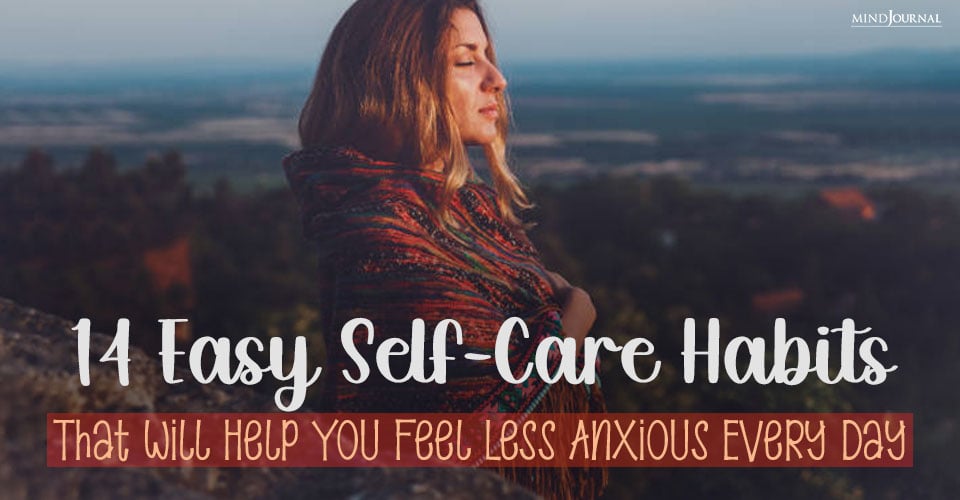
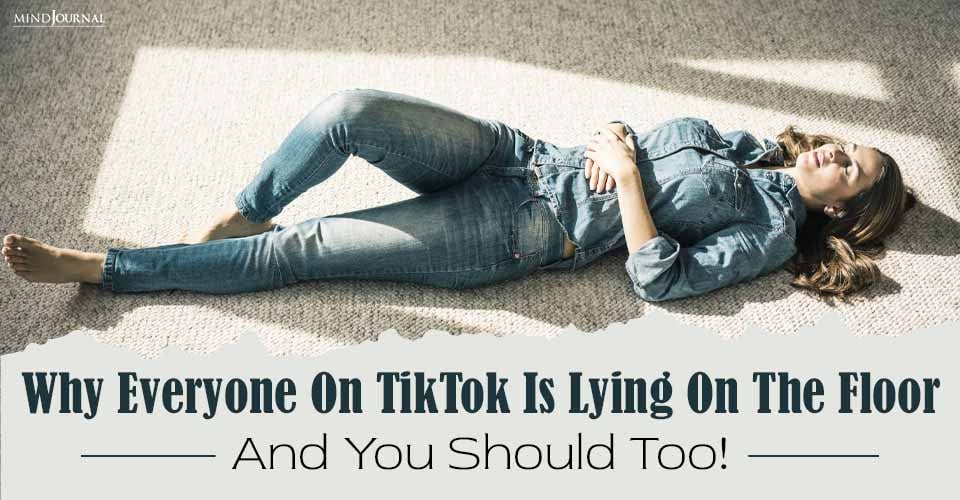
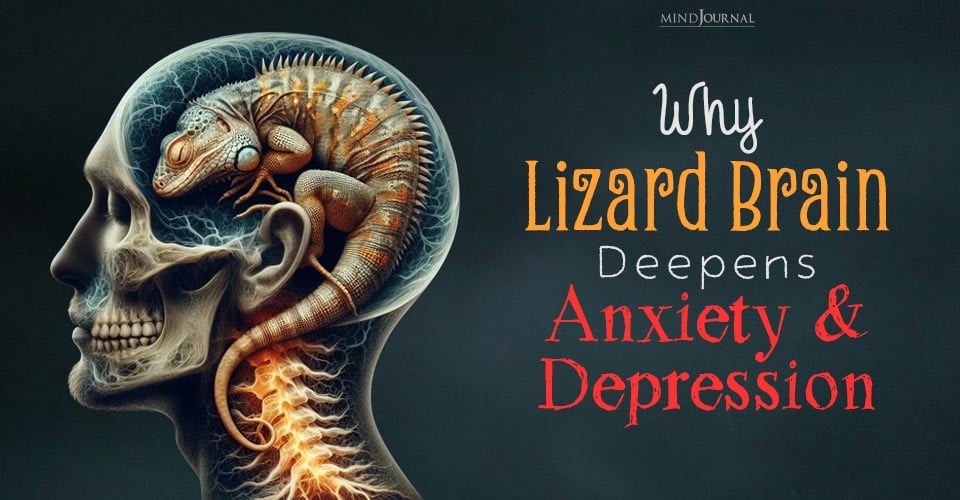
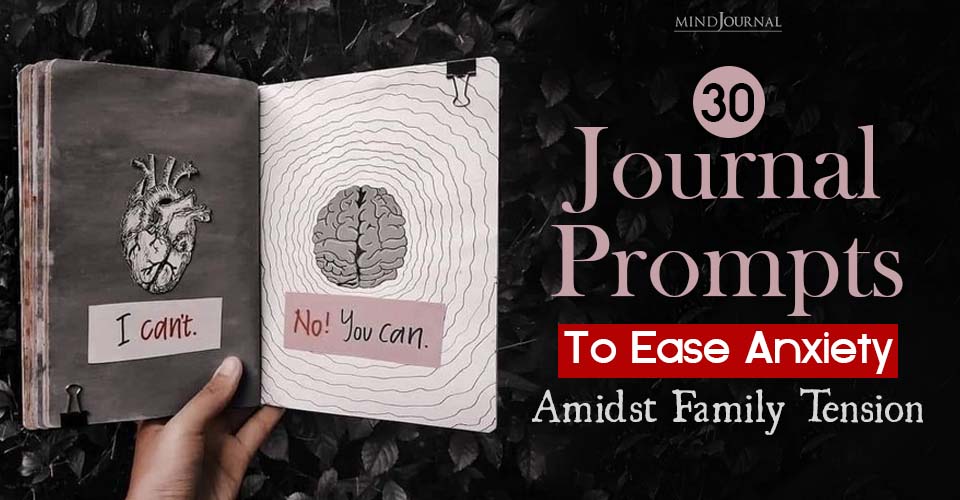
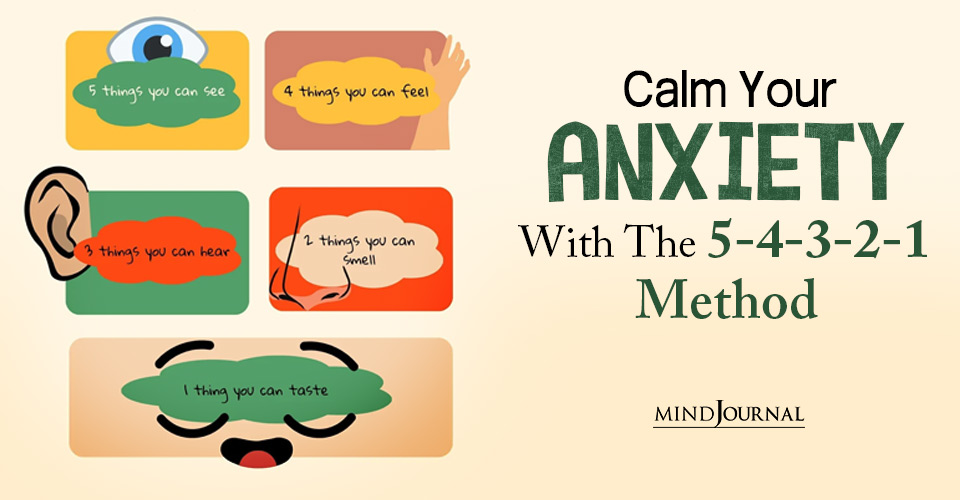

Leave a Reply